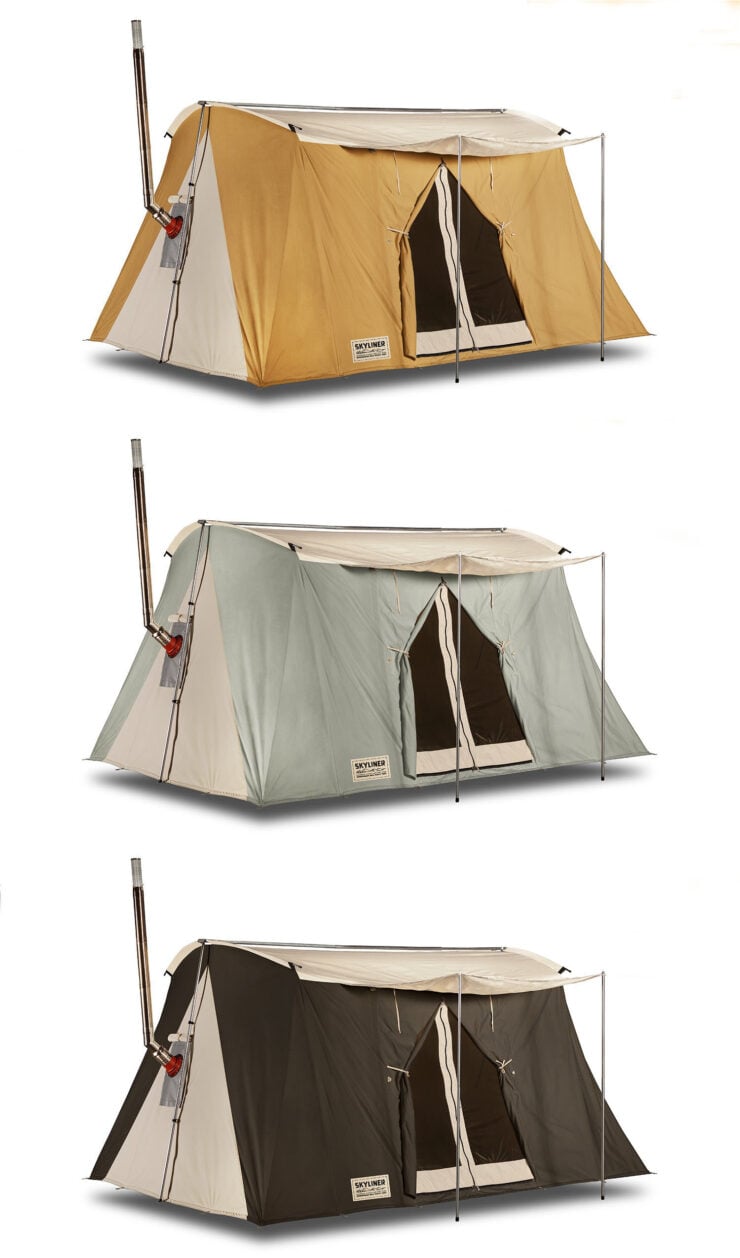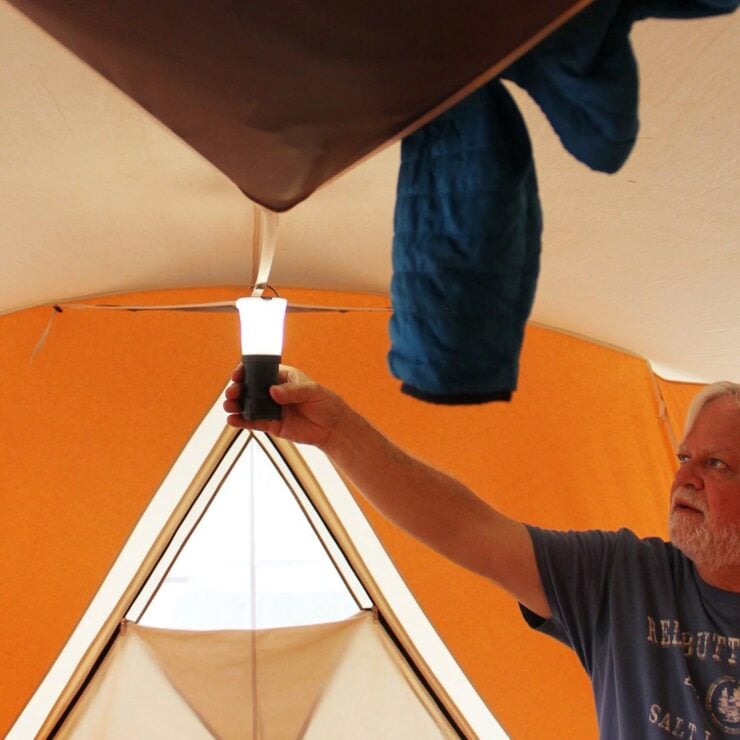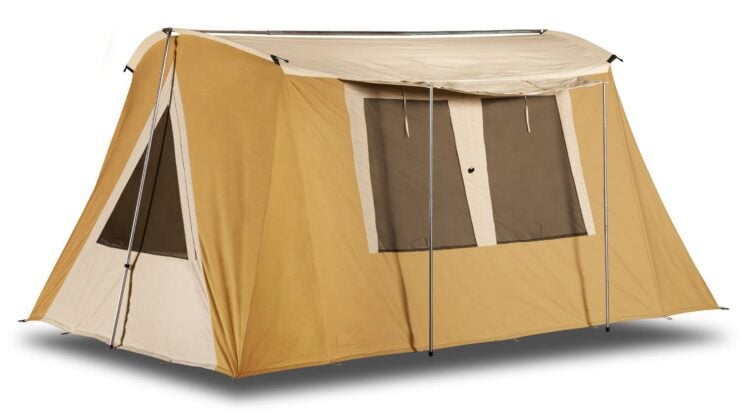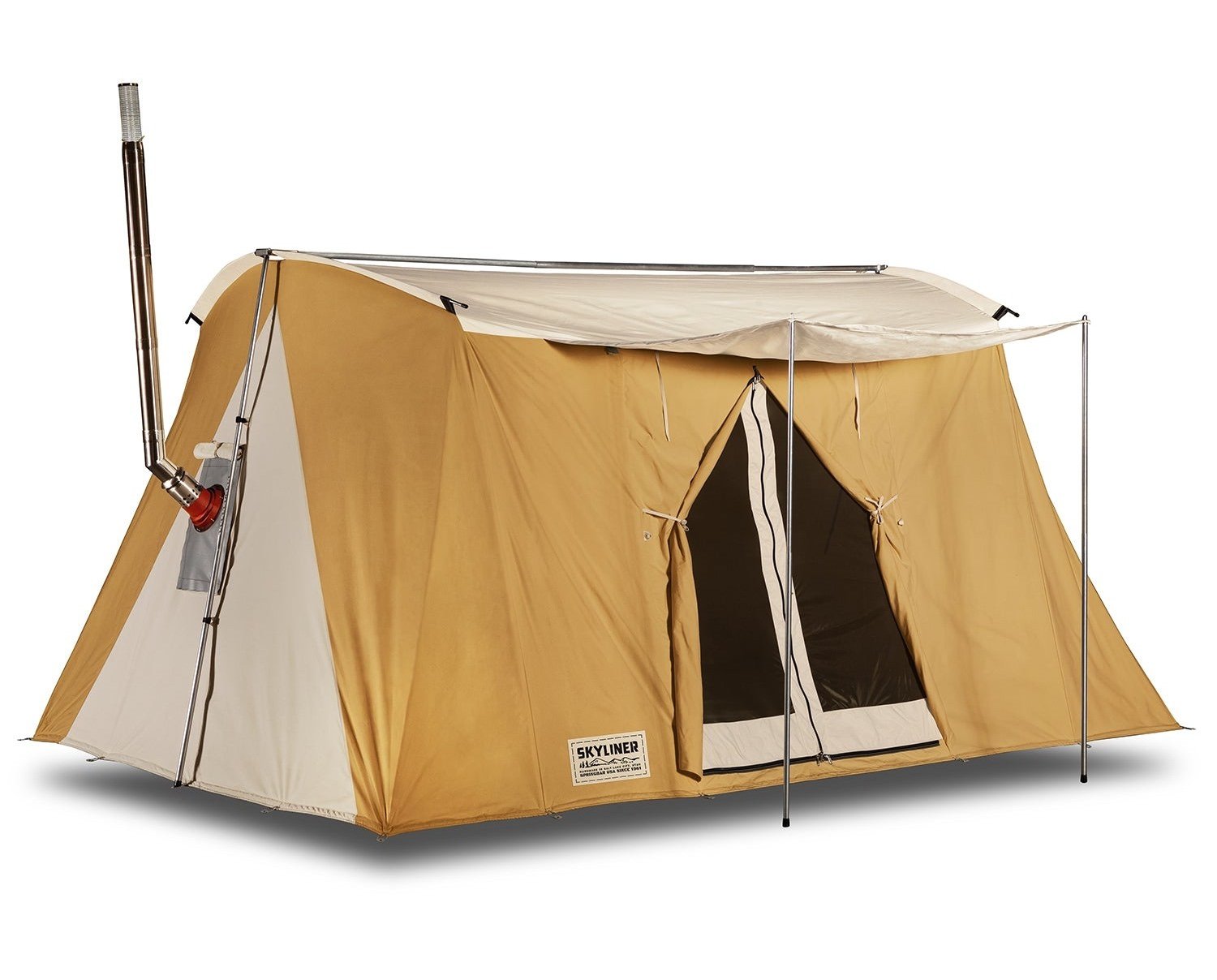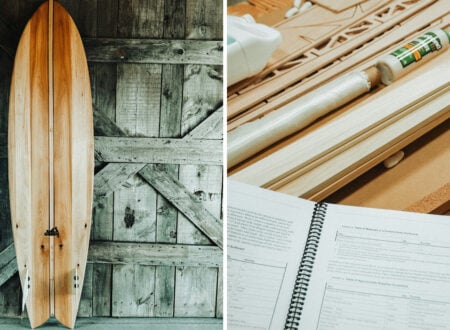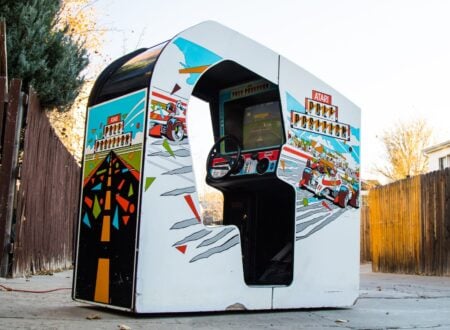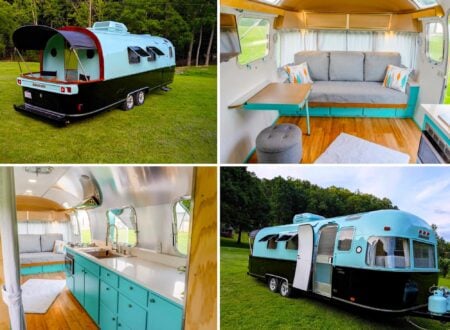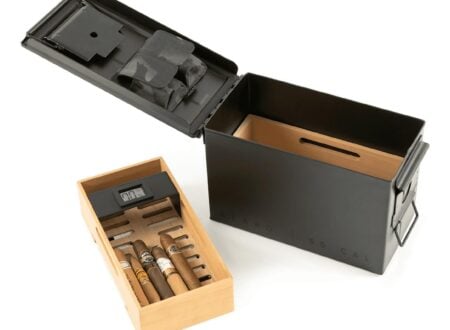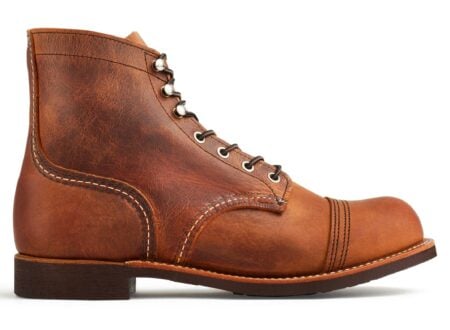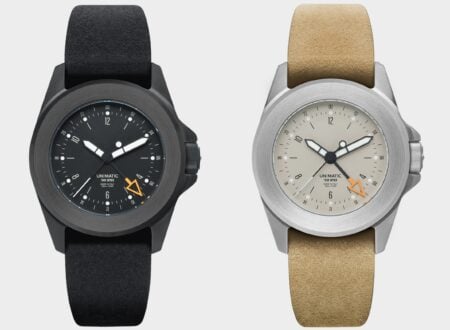This is the Springbar® Skyline Tent and the team at Springbar in Salt Lake City, Utah confidently say that it’s the “best tent made in America.”
The “Springbar” tent design was invented by Jack Kirkham in 1961 as a response to customer demand for a tent that could be set up quickly, but still offer ample interior space. He patented the design, and it soon became one of his company’s mainstay product lines.
Above Video: This short film shows Jack Kirkham Jnr, the son of the company founder Jack Kirkham Snr, discussing the history of these tents. The term “hot tent” is used to describe a tent with a wood burning stove in it.
Jack Kirkham would buy out the AAA Tent & Awning Company in Salt Lake City, Utah in 1944 after having served through WWII in naval shipyards as a draftsman.
It was only a small company at the time, but Kirkham soon expanded it, soon it was producing tarps, awnings, covers for sheep, camp wagons, horse blankets, canvas teepees, and larger canvas wall tents for outfitters, cowboys, and gold prospectors.
Though he couldn’t have known it when he bought the company, the demand for camping equipment was going to skyrocket in the coming years as Americans from coast to coast took to camping on weekends as a leisure activity. There was a parallel increase in demand for civilian 4x4s, which led to the Jeep CJ, International Scout, and Ford Bronco all being developed to meet the same demand.
Kirkham saw this new demand for family tents and met it with a range of new designs developed to be lightweight and easier to set up. The first Springbar® tent measured in at 10′ x 10′ and retailed for just $83 USD. This tent was a revolutionary design, and sales were brisk. Soon there was an entire production line around the Springbar® frame system.
The popularity was such that in 1979 the company formally changed its name to Kirkham’s Outdoor Products—Home of the Springbar® Tent. The company today is still based in Salt Lake City, and they still manufacture the modern versions of the Springbar® Tent design right here in the United States.
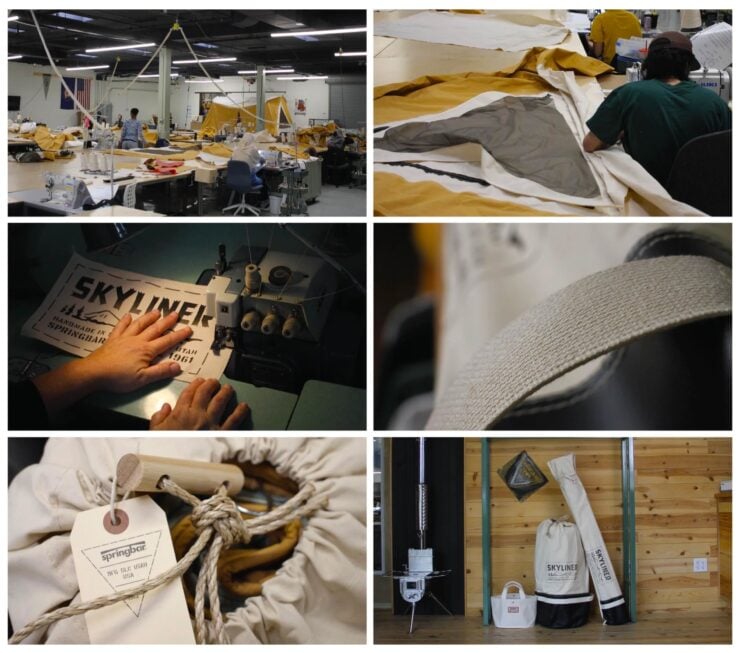 Springbar® Tents are all made by hand in the United States, using traditional materials like cotton canvas, aluminum, and steel.
Springbar® Tents are all made by hand in the United States, using traditional materials like cotton canvas, aluminum, and steel.The Springbar® Skyline Tent
The Springbar® Skyliner Tent is the modern descendant of the original design from 1961, it measures in at 10′ x 14′ and offered plenty of room inside whether you’re camping alone, with a wife/husband/girlfriend/boyfriend, or with your family.
The Skyliner is made from 100% cotton, double-fill, boat shrunk army duck canvas which is dyed and finished with Sunforger® in Georgia, USA for water repellency and anti-mold. This material is watertight, breathable, and highly durable.
The structure of the tent uses aluminum alloy poles with steel reinforcements, and tempered spring steel tension rods. All tents have 40D military-grade “Berry Compliant” no-see-um window anti-insect mesh and #10 YKK zippers are used throughout.
A stove jack insert and a window insert is included in each tent for versatility in warm or cold weather, the tent also has two large rear windows, a double-wide front door, and a large panel-end window.
It offers 140 soft of interior living space and it’s listed as being reliable in harsh wind, rain, and snow – though it’s noted that you do have to manage accumulating snow loads on the roof.
Above Video: This short video shows you how to set up a Springbar® Tent from roll out to completion.
Each tent comes with 12″ galvanized steel wedge stakes which are made in Missouri. The tent has a 10′ x 14′ footprint, 6’5″ of interior head height, and when packed down it measures in at 32″ x 18″ with a weight of 97 lbs.
